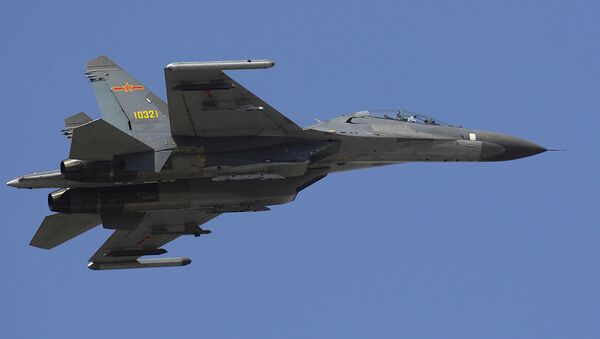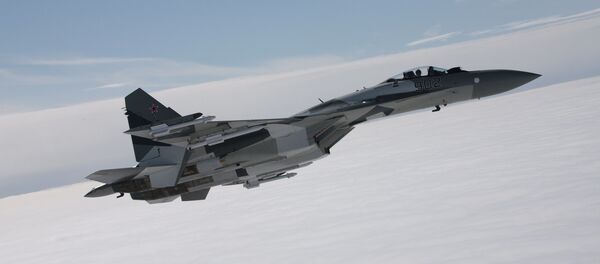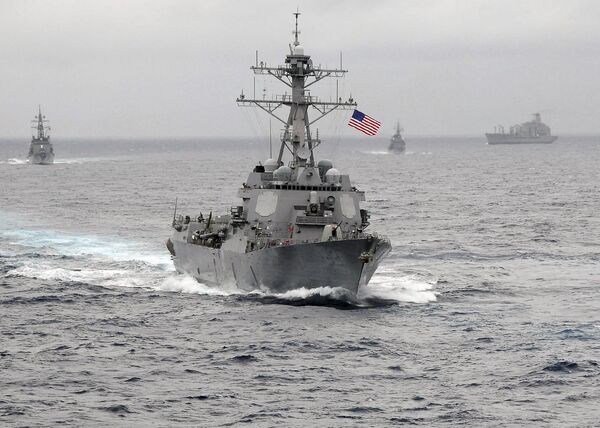"Over the past two decades, China's People's Liberation Army (PLA) has transformed itself from a large but antiquated force into a capable, modern military," a team of researchers led by Eric Heginbotham noted.
To be more specific, the study examined American and Chinese air combat capabilities between 1996 and 2017 in two scenarios – securing continuous air dominance over Taiwan and the Spratly archipelago, as well as destroying 50 percent of the Chinese air fleet involved in both theaters of operation.
The analysis shows that by 2017 the US will be unable to maintain a continuous presence over Taiwan's airspace. Washington will need approximately 2,000 warplanes to achieve this goal. This is "more aircraft than America could have the faintest hope of realistically deploying to defend" the island, defense and historical writer Michael Peck noted.
"The study does support what everyone knows already, which is that the US cannot achieve air superiority over Taiwan in the way that it could have without breaking a sweat in the 1950s or 1980s," he added.

The Spratly Islands are located farther away from mainland China than Taiwan, meaning that maintaining 24/7 air superiority over them would be somewhat easier for Washington.
"As in the Taiwan case, it would have been virtually impossible for the United States to maintain a decisive 24/7 presence from the outset of a conflict after 2010. However, the results also suggest that the United States would be able to achieve attrition-based air superiority in a relevant time frame even in the 2017 case," researchers observed.
The Spratlys recently made headlines when the USS Lassen sailed within 12 nautical miles of Subi (Zhubi) Reef apparently challenging China's sovereignty claims over this area of the hotly contested South China Sea. The operation was not authorized by Beijing.
The key finding of the study could be unnerving for Washington:
"The United States continues to maintain unparalleled air-to-air capabilities. … However, continuous improvements to Chinese air capabilities make it increasingly difficult for the United States to achieve air superiority within a politically and operationally effective time frame, especially in a scenario close to the Chinese mainland."
The research, conducted on the basis of publicly available information, was undertaken by RAND Corp., a nonprofit that provides analysis for the US military.






